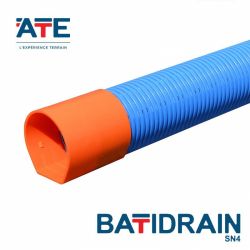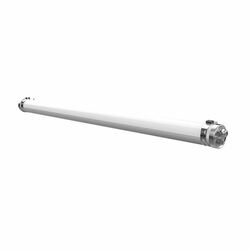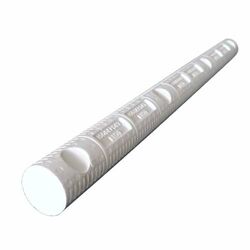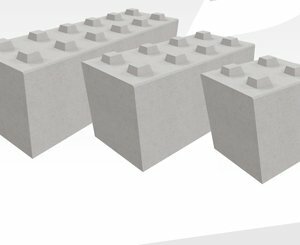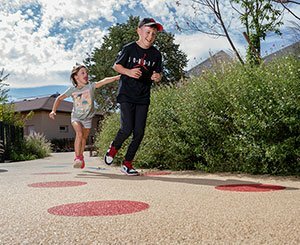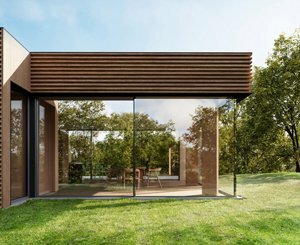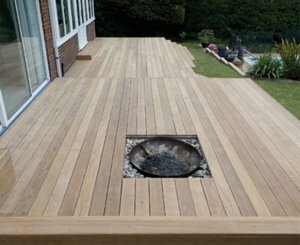This ban will gradually affect more and more accommodation. What are the goods concerned? How to improve the energy efficiency of your home? And what are the aids to undertake work? cotoit, online co-ownership trustee, takes stock of the situation.
A note on thermal colanders
The term thermal sieve, or energy sieve, is frequently used today. It designates a dwelling whose DPE is class F or G, energy-intensive, which consumes too much heating and is poorly insulated.
In France, this mainly concerns old, unrenovated buildings dating from before 1975, i.e. before the introduction of the first rules on insulation and the first law on energy savings in 1978.
Soon, the rental of thermal strainer accommodations will be prohibited, because these accommodations over-consume both in summer and in winter. As a result, they contribute to climate change by increasing greenhouse gas emissions.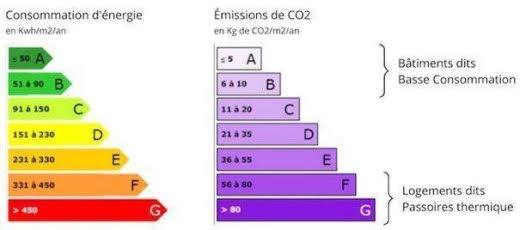
Audit obligation and rental ban: the timetable
To address issues with thermal strainer housing, owners will need to complete an energy audit for the sale of their property starting April 1, 2023 for F&G rated properties. This measure will concern properties classified E in 2025 and properties classified D in 2034.
In addition, since August 24, 2022, landlords are prohibited from increasing the rents of F and G classified housing if no renovation work has been carried out. The accommodation must, in fact, be at least classified E.
To sell or rent a thermal sieve apartment, the owner must alert future occupants of the amount of energy bills. In the event of a sale, the owner will have to quantify the expenses that the next owner will have to incur to insulate the dwelling.
Note:
primary energy corresponds to the total energy to extract, produce, transport the final energy to your home. It is the sum of all these energies.
The final energy, designates the energy actually delivered, consumed and billed to the consumer. It is the available energy.
In 2023, a dwelling consuming more than 450 kWh/m² per year of final energy will be considered indecent and therefore unsuitable for rental.
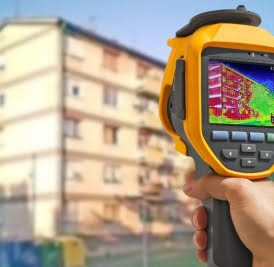 From 2025, a dwelling consuming more than 420 kWh per year of primary energy per habitable square meter per year will be unsuitable for rental. All G-rated accommodation is concerned.
From 2025, a dwelling consuming more than 420 kWh per year of primary energy per habitable square meter per year will be unsuitable for rental. All G-rated accommodation is concerned.
In 2028, it will be forbidden to rent accommodation classified F. Tenants will be able to require the lessor to carry out renovation and thermal insulation work.
In 2034, accommodation classified E will be considered indecent and therefore prohibited for rental.
As a general rule, to bring a dwelling out of its thermal strainer state, several corrective actions are to be carried out at the same time.
How to improve your thermal insulation?
The first item of investment is to properly insulate your home. Poor insulation causes significant heat loss.
- Insulating the roof and the attic allows a heating saving of 30%
- Insulating walls internally or externally saves 25% energy.
- Changing your windows and switching to double glazing makes it possible to obtain 15% more.
- Opting for insulation of a low floor offers 10% energy savings.
There are other sources of heat loss: renewed air, leaks through the chimney, thermal bridges around doors, etc.
Install an efficient heating system
Once the home is well insulated, you need a heating system that offers better performance.
There are many choices such as an air-water heat pump, inertia radiators or a wood and/or pellet stove.
Improve ventilation
To improve the energy efficiency of your home, it may be wise to review your ventilation. In fact, 20% of heat loss is due to poor air renewal. Ventilation is therefore important to improve thermal comfort.
Mechanical ventilation can be installed (compulsory in new constructions), in particular because its effectiveness is no longer to be proven. Homeowners can have access to renovation aid if they wish to change the ventilation in their thermal sieve housing.
Energy renovation: what aid to finance the work?
MaPrimeRénov' at Anah
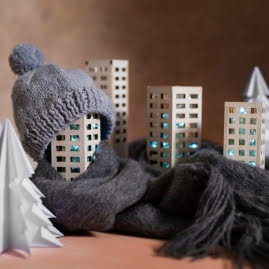
This state subsidy is calculated on the basis of income and the ecological gain of the work. MaPrimeRénov' allows work to be covered up to 90% for low-income households with a degression of up to 40% for wealthier households.
The system provides several cumulative bonuses for energy sieves if an energy gain of at least 55% is obtained, as well as an “exit sieve” bonus for housing that comes out of categories F or G, and finally a Low Building bonus Consumption (BBC) for homes that reach energy class A or B.
Eligible work must be carried out by a qualified craftsman RGE (recognized guarantor of the environment). Another essential condition: the accommodation must be a main residence built for at least 15 years.
Condominiums can also benefit from this aid to finance overall work under the aegis of the syndicate.
The zero rate eco-loan
Most energy strainer rehabilitation work can benefit from the eco-PTZ.
This is an interest-free loan for energy renovation projects. Its ceiling increases to 50 euros in 000, repayable over 2022 years.
A version of the eco-loan is also available for condominiums.
ECD: reminder and explanations
Since 2006, the DPE has indicated the energy performance of a dwelling or a building, by evaluating its energy consumption.
The energy label (A, B, C, D, E, F and G) is calculated based on two factors: primary energy and greenhouse gas emissions. Since January 1, 2023, final energy is mandatory on DPEs.
The thresholds for each energy class are therefore determined on the basis of these two criteria. A dwelling is classified according to its worst performance, in terms of primary energy or greenhouse gases.
The DPE lists the characteristics of the accommodation: surface, orientation, materials of the walls, windows, lighting, etc. as well as its heating, domestic hot water production, cooling and ventilation equipment.
Key figures on thermal colanders in France
The statistics of the Ministry of Sustainable Development make it possible to draw up a robot portrait of thermal colanders.
Of the 30 million main residences on January 1, 2022, around 1,5 million dwellings would be energy efficient and therefore classified A and B.
On the other hand, approximately 5,2 million dwellings, or 17% of the stock of main residences, would be “energy sieves”.
Label D is the most frequent, representing 32% of the housing stock.
Energy sieves are more often individual houses than dwellings located in collective housing, i.e. 19,6% against 14,5%.
The smallest dwellings are often the most energy-intensive: nearly 34% of dwellings under 30 m² have an F or G label, compared to only 13% of dwellings over 100 m².
44% of oil-heated dwellings are classified F or G, which is logical since the new DPE takes into account the greenhouse gas emissions of the dwelling.
20% of French people say they were cold at home for at least 24 hours during winter 2020-2021. More than 10% spend more than 8% of their income on their energy bills.
 Bruno Le Maire unveils his simplification bill to free SMEs, VSEs and artisans from administrative paperwork
Bruno Le Maire unveils his simplification bill to free SMEs, VSEs and artisans from administrative paperwork
 France's energy strategy will ultimately not pass through law
France's energy strategy will ultimately not pass through law
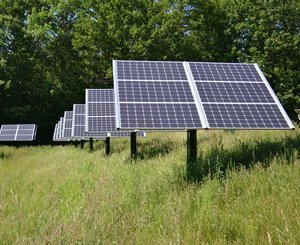 The decree to regulate the development of agrivoltaism published in the Official Journal
The decree to regulate the development of agrivoltaism published in the Official Journal
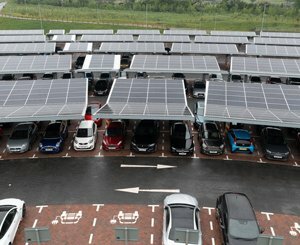 Car parks, privileged spaces for renewable energies
Car parks, privileged spaces for renewable energies
 On the occasion of the European elections, the Republicans announce that they want to relax regulations on housing
On the occasion of the European elections, the Republicans announce that they want to relax regulations on housing
 The Minister of Housing announces 10 simplification measures to relaunch construction without convincing the sector
The Minister of Housing announces 10 simplification measures to relaunch construction without convincing the sector
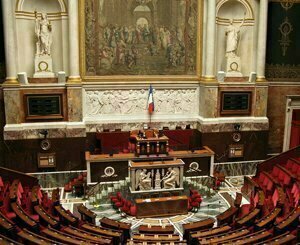 A text aimed at simplifying the transformation of offices into housing adopted in the Assembly
A text aimed at simplifying the transformation of offices into housing adopted in the Assembly
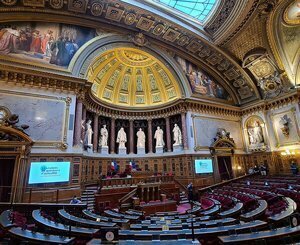 Status of local elected officials: the Senate tackles the vocations crisis
Status of local elected officials: the Senate tackles the vocations crisis
 Old property prices are still falling but a recovery is taking shape
Old property prices are still falling but a recovery is taking shape
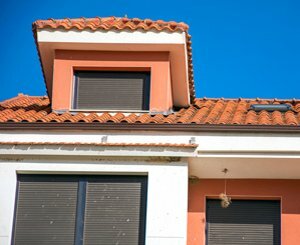 A report on anticipating the effects of +4°C warming reaffirms the need for housing adaptation
A report on anticipating the effects of +4°C warming reaffirms the need for housing adaptation
 AI is already revolutionizing businesses in architecture, engineering, construction... according to Autodesk's "State of Design & Make" study
AI is already revolutionizing businesses in architecture, engineering, construction... according to Autodesk's "State of Design & Make" study
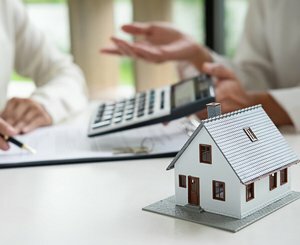 The average rate of real estate loans starts to fall again in the 1st quarter, according to Crédit Logement
The average rate of real estate loans starts to fall again in the 1st quarter, according to Crédit Logement



 From 2025, a dwelling consuming more than 420 kWh per year of primary energy per habitable square meter per year will be unsuitable for rental. All G-rated accommodation is concerned.
From 2025, a dwelling consuming more than 420 kWh per year of primary energy per habitable square meter per year will be unsuitable for rental. All G-rated accommodation is concerned.
